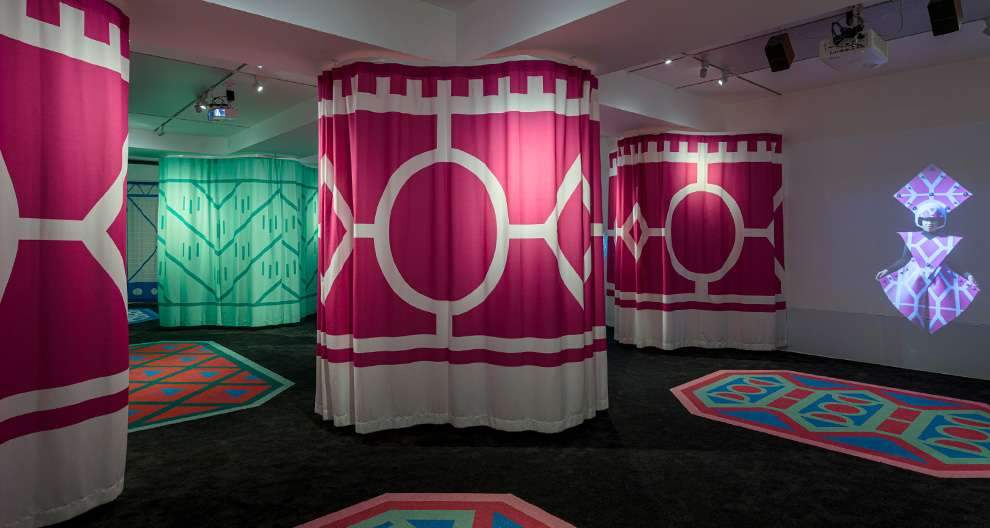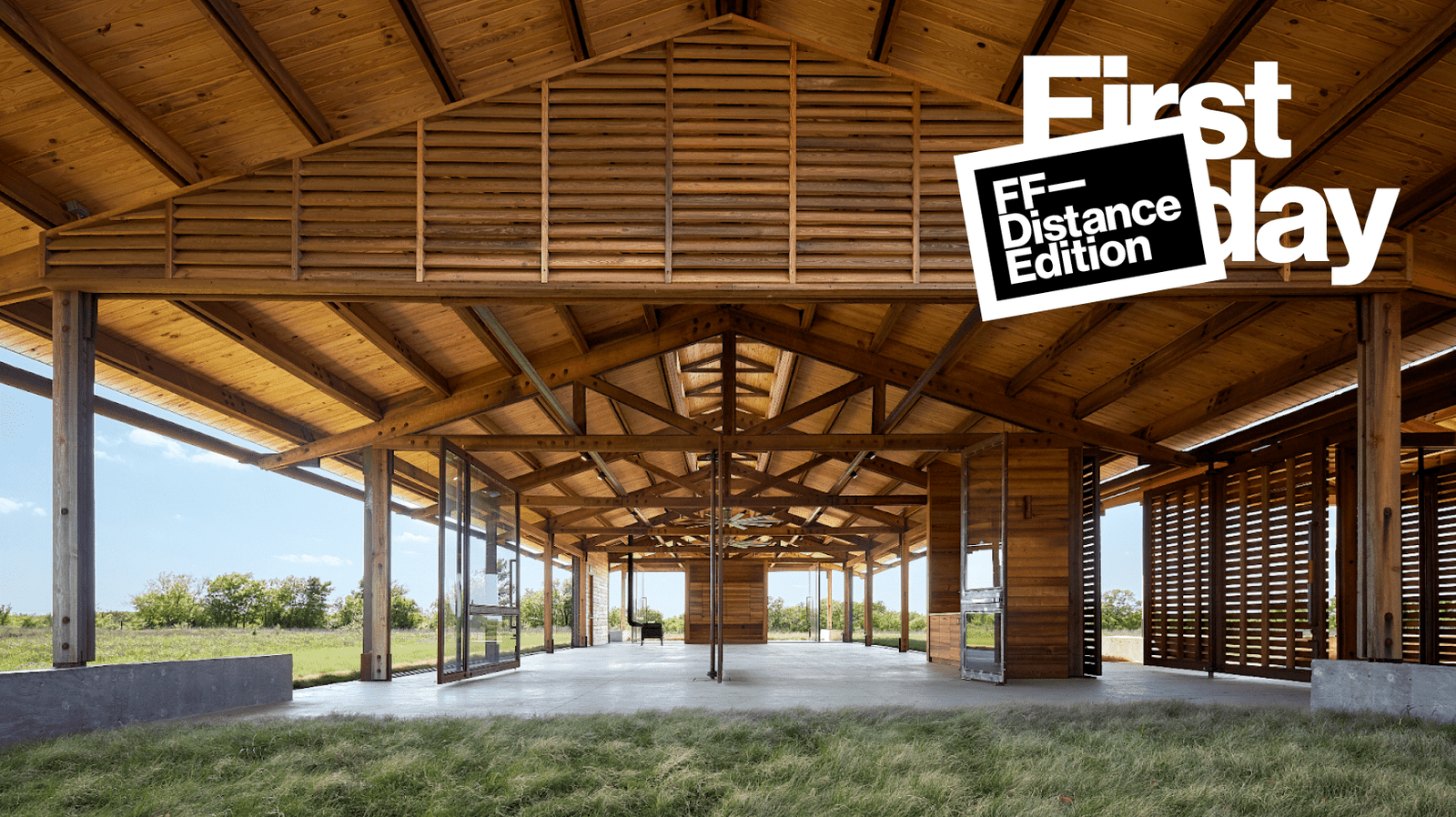Radical Rooms: Power of the Plan
The newest RIBA exhibition, Radical Rooms: Power of the Plan. It is a unique collaboration between visual artist Di Mainstone and architect Charles Holland.
This exhibit investigates the power structures built into the design of our homes. It draws on historical accounts of architecture to illustrate instances in which a design decision challenged or altered norms associated with household life.
opening hours for the exhibit
Free admission is available to Radical Rooms: Power of the Plan at 66 Portland Place in London September 5-24. Hours are as follows:
10 am to 5 pm, Monday through Saturday.
Tuesday, 10 a.m. to 8 p.m.
Shutdown on Sunday
The show is centered on three 16th-, 18th-, and 20th-century structures: Hardwick Hall, A la Ronde, and the Hopkins House. Each demonstrates the significant contribution made by women to their creation and development. These homes demonstrate how power systems are ingrained in the household layout, exposing the social dynamics of their era.
Radical Rooms analyzes historical examples of architecture to highlight instances in which the design questioned norms associated with family living.
Moreover, the exhibition’s layout creates an abstract grid of interconnected rooms with distinct curtains and flooring. Bess of Hardwick, Jane and Mary Parminter, and Patty Hopkins, the three buildings’ architectural patrons, animated and filled the rooms. They were then used to tell their stories through intricate costume design and a musical score for an immersive audio-visual show.
Furthermore, Di Mainstone concentrates on the individuals, bringing to life four main personalities and exposing their history and influence on the development of the three residential properties. In contrast to Charles Holland who calls an emphasis on the power in the plan through the organization of space. The two are by the same language of pattern, design, and color. Original artwork and artifacts from the RIBA Collections are all over the exhibition so that visitors can find out about stories. These exhibits offer a different perspective on the history of architects who used the architectural plan to design and commission structures, as well as to create the home sphere.







